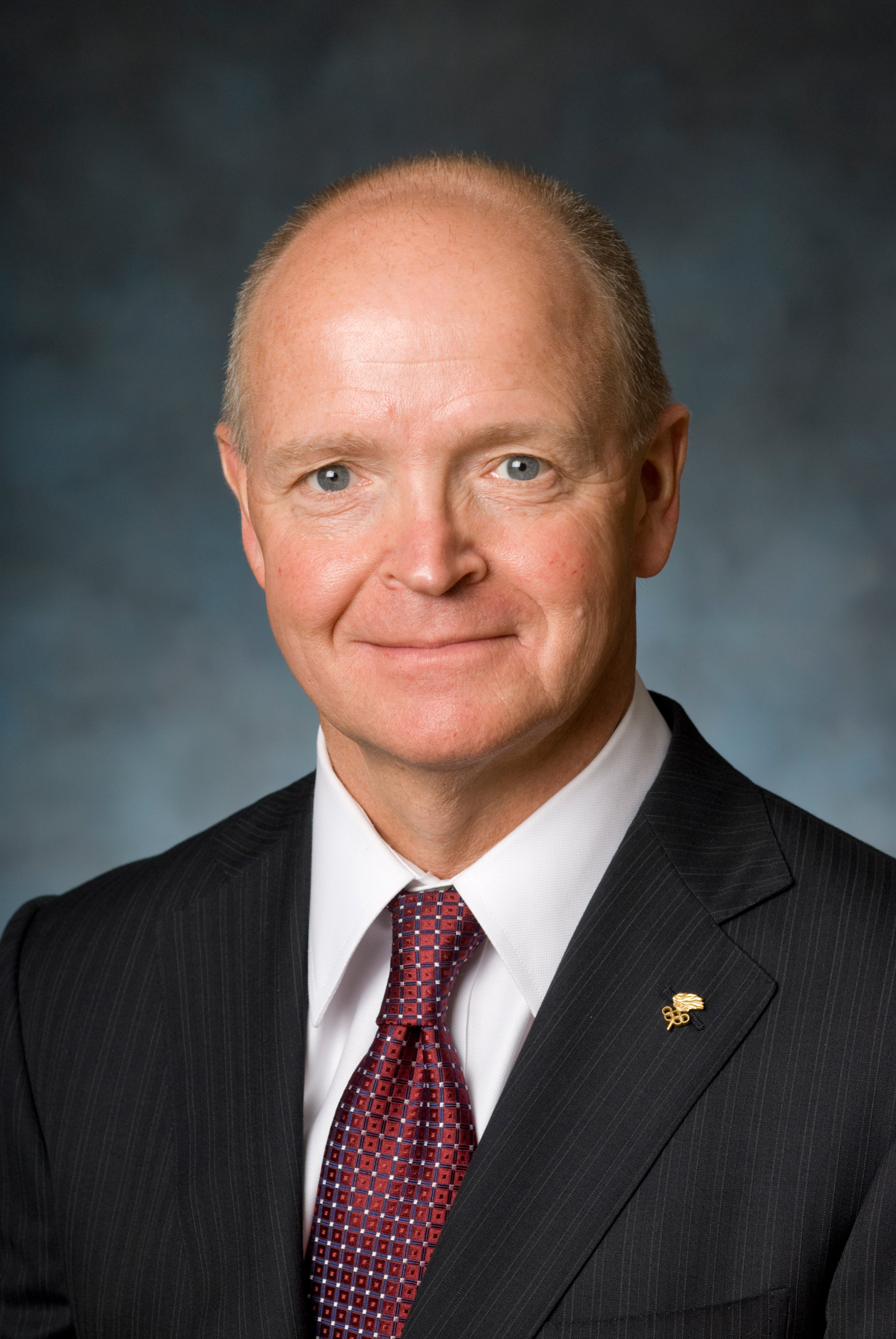Let’s get moving

Physical activity and sport and their relationship to health are something I know a little about. First as a child at play, then as an Olympic athlete, an educator, and a doctor, I have seen how far we have come over the last 30 to 40 years: attitudes have changed and physical activity has increased. Beach volleyball, ultimate Frisbee, and paintball weren’t widely played 25 years ago. Activities such as BMX biking, freestyle skiing, mixed martial arts, and boot camp are relatively new as more and more people participate. We’re also wiser, for the most part, to prevent injury when we partake in sport. We wear helmets while biking and skiing, and protective gear while in-line skating. Communities have gotten into the game by offering their citizens activity programs such as the Vancouver Sun Run and Victoria Times Colonist 10K, Ironman events, the Turkey Trot at Thanksgiving, and many others. Athletic shoe stores around the province offer run/walk training programs, community centres offer hiking, ice skating, and swimming programs, plus there exist a vast number of kayaking, sailing, and bike riding clubs in every community.
However, many people still refuse to see the benefits of physical activity. In my practice I often prescribe physical activity to my patients—whether it’s walking 10 000 steps a day, swimming a few laps, or biking, but unfortunately my advice is not always welcomed. I recall a number of my young adult patients seeming depressed and lacking motivation. When I asked which sports they participate in, they responded that sports are a waste of time. If they were to look into the lives of those who are physically active and those who are not, I think they’d make a different choice. I once had a patient who was a physical education instructor and who, in the final days of a terminal illness, continued with his exercises in bed because it helped him relax and sleep better.
Recovery from injury, both physically and emotionally, is enhanced by a physically active lifestyle. As well, surveys have shown that people who are physically active enjoy retirement more, achieve higher academic performance, and experience higher self-esteem.
Gone are the days of old where members of society harvested crops, chopped lumber, built barns, and took care of the cattle—our jobs or duties around the home were also our exercise. Our bodies require activity to maintain vibrancy of our cardiovascular system, remain flexible, and control excessive weight gain. We know the relationship between increasing adiposity and malignancy. Recent research found measured increases in the volume of gray matter in the prefrontal, temporal, partial, and hippocampal brains of 60- to 80-year-olds who engaged in brisk walking 45 minutes per day for 6 months. These changes support improved relational memory. Visceral fat in one’s spare tire can raise insulin levels, furthering type 2 diabetes. This in turn is closely linked to dementia and has been termed type 3 diabetes.
It’s never too late to begin a physical activity program. I see many patients who defer any sort of physical activity until they have more time, more money, or more energy, only to find the right circumstance never really arrives and suddenly an injury happens or some obligation manifests and they are no longer able to be active, even if they want to be.
The best time to start an exercise program is now. As in Nike’s slogan, “Just do it,” or our Ministry of Healthy Living and Sport’s mantra, “Every move is a good move,” you can’t go wrong. I encourage everyone reading this to take some time for yourself and get active—if you aren’t already. Set goals, start small, and watch your progress. There is a certain excitement and sense of accomplishment that comes from doing something you never thought you would—or could. The options today are almost limitless. Find out what your community offers and join in. Don’t let setbacks and distractions get the better of you. We all encounter them, but the trick is to not let them impede your goals or get you off track. Have fun, and good luck.
—Bill Mackie, MD
BCMA President
